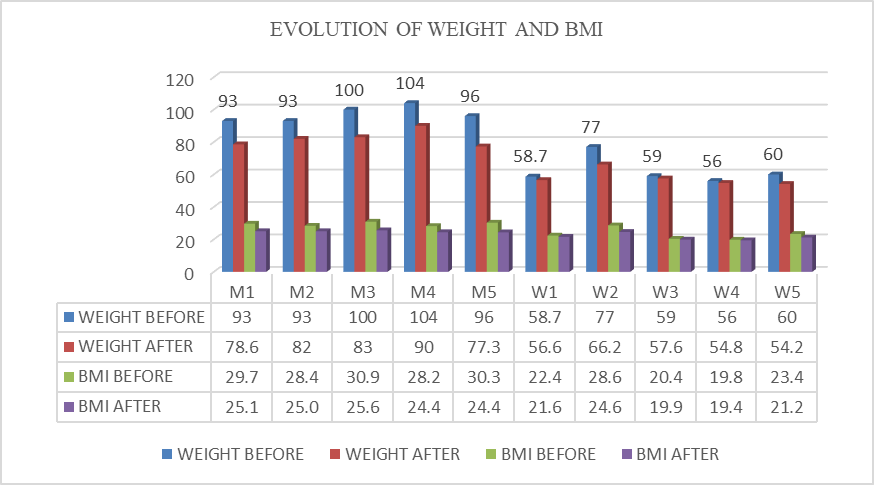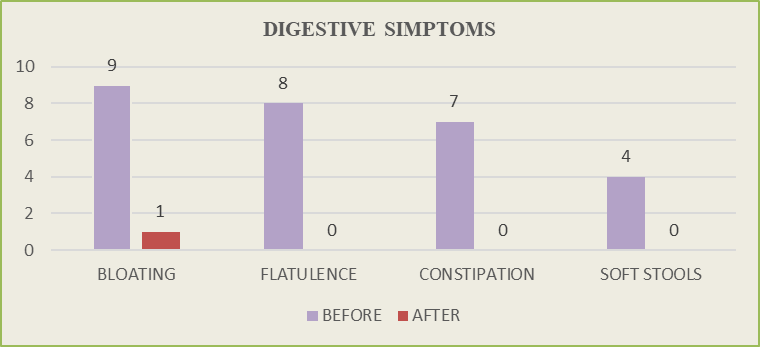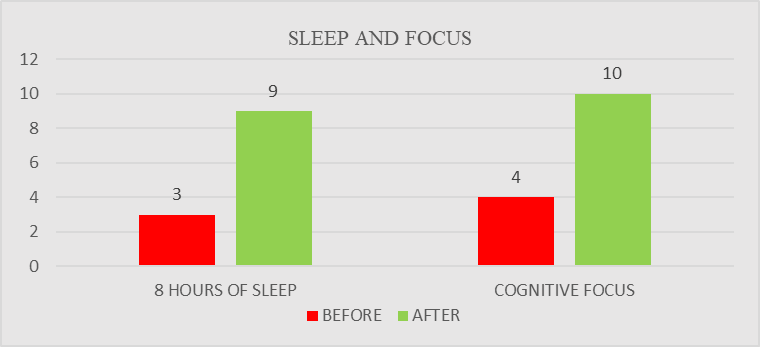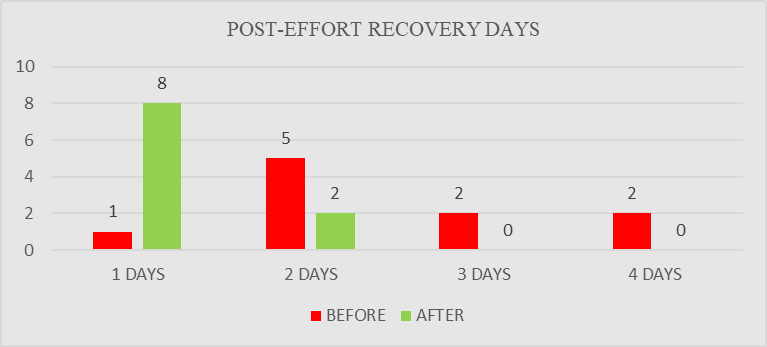Abstract
Precision medicine has undergone tremendous leaps and bounds with regard to personalizing nutrition and physical training plans in order to reach the maximum potential in terms of health benefits and sport performance (
Keywords: Genetic testnutrigenomicspersonalized diet
Introduction
Genetic tests are updated because they provide data on the use of nutrients according to the personal genetic code for muscle growth and recovery. By understanding how our genetic profile affects our well-being and fitness potential, genetic tests will help us take charge of optimizing our psycho-physical state of health.
Based on our DNA analysis, these tests can give us personal advice and recommendations focused on the following areas related to fitness and training: nutrition, endurance/power profile, aerobic potential (VO2 max), cardio fitness, post-exercise recovery, injury risk (Ciolino, Daschner, & Yeh, 1998).
Training sessions aimed at increasing endurance may have a negative impact on other motor qualities, which is why alternative training sessions are recommended to follow the development of all motor qualities.
VO2 max is the highest level of oxygen consumption achieved at maximum effort. It is the parameter that most accurately reflects the maximum exercise capacity and incorporates respiratory, circulatory and metabolic parameters. Gene analysis can help us to understand our natural VO2 max capacity (Eynon et al., 2013).
The personal genetic code can significantly influence blood circulation, HDL and LDL and plasma glucose levels.
When the body makes an extreme effort, the recovery time increases due to the excess accumulation of acid radicals; therefore, it is recommended to supplement the intake of alkaline foods and Omega-3 fatty acids. The variation in our [GSTM1, SOD2, GSTT1, IL6, TNFA, CRP] can suggest to increase the uptake of other antioxidants like Vitamin A, Beta carotene, Vitamin C, Vitamin E, Cruciferous vegetables and Alpha Lipoic Acid. (Hamburg & Collins, 2010; Hudgins, 2000)
Problem Statement
The risk of obesity or another metabolic disease is very well defined just for a small number of persons, and this risk can be predicted before clinical and paraclinical tests. With the increasing obesity trend in the last decades, the risk of metabolic diseases has become a very important health topic. Obesity is not sufficient to characterise the risk of another metabolic disease, because not all people are obese for metabolic reasons, as not all obese people are metabolically obese. Therefore, further genetic and nutrigenomic research is needed for providing better nutritional advice to the general public, genetic subgroups and individuals.
Research Questions
-
Could the results of genetic tests help patients improve their quality of life?
-
Is it possible to design, based on the results of genetic tests, a training program to improve body composition?
-
Could a training plan and diet based on genetic tests increase the chance of maintaining long-term outcomes?
Purpose of the Study
To prove the necessity of genetic testing regarding the genes involved in the metabolic processes of the human body and the ones responsible for certain conditions and injuries.
Research Methods
We conducted a study involving 10 young adults, all above 35 years old and segmented by gender, without a diagnosis of metabolic disease or taking antibiotics. The groups were made up of 5 women and 5 men. We tested both groups with the NutriGENE+ test and EuroFIT test using saliva as biological samples. The samples were collected in the morning, without brushing teeth, drinking water or eating food.
After the samples were dried for 90 minutes at room temperature, we sent them to Synlab Geneticlab, in Italy, for results.
The groups were made Anthropometric measurements were made for both groups using a scale and body analyser with Bioelectrical Impedance Analysis (BIA) technology.
We performed an overall wellness evaluation based on digestion, sleep, cognitive focus and post-effort recovery parameters using the medical history files. For a better nutritional intervention and personalizing the diet of subjects, all of them completed a food diary for 7 days. After this and with the results of genetic tests, we made the diet for each subject, based on the genes with single-nucleotide polymorphisms (SNPs) and gave recommendations for food supplements like:
Two types of Mediterranean diet – lactose tolerant and lactose non-tolerant
Two types of low carb diet – gluten-free and DASH (Dietary Approaches to Stop Hypertension) diet
Omega 3 ALA, Normocys, vitamin C, vitamin D, MCT oil
Findings
The NutriGENE+ test results have revealed that all subjects have moderate or increased risk of cardiovascular disease and hypertension (ADRB2 gene) (Mahn & Reyes, 2012), and the risk is increased for those having ACE gene deletion. Only one of them has low risk of fat storage in the abdominal region. For that subject, the recommendation is for low-carb diet with glycaemic load <70, limited intake of refined carbohydrates and increased consumption of fiber, at least 28g/day. Only one subject does not have the genetic risk of dyslipidaemia, and half of them have a higher risk of hypertriglyceridemia. For that, we must decrease saturate acids intake.
The genes involved in detoxification and oxidative stress are affected in all subjects, and only one has low risk for DNA damage. CYP1A2, the gene coding for the P450 cytochrome, has SNPs in all subjects. For this reason, we must increase antioxidant intake through diet (Povel et al., 2012).
In 8 out of 10 subjects, the folate metabolism is affected, which increases the risk of hyperhomocysteinemia, cardiovascular and cerebrovascular disease, as we can see on the MTHFR gene variations (Shklovsky et al., 2016).
8 out of 10 subjects have salt sensitivity, 7 out of 10 have caffeine sensitivity and also variation in VDR gene (vitamin D receptor), which means that they must limit their intake of salt and caffeine under Recommended Dietary Allowance (RDA). Only 4 subjects have a predisposition to lactose intolerance, but 7 out 10 have gluten sensitivity and predisposition to celiac disease. For that, we must limit dairy intake and food containing gluten (Table
One out of 5 men can do balanced endurance and power training, the other 4 having variation in endurance genes, which decreases their ability to train, but they have mixed power and endurance activity to benefit from an intermediate genetic profile. To improve VO2 max tendency, the subjects must include both types of training.
In terms of body mass index (BMI), all male subjects are overweight and only one woman in the group is overweight.
As regards the metabolic capacity to digest, absorb and neutralise free radicals, we applied a low-calorie Mediterranean diet plan over 2 month for a group of men with personalized recommendations in terms of genetic test results. For the next 4 months, the same diet, but with normal caloric food intake.
For the women’s group, we applied a diet based on the DASH principles, also relying on the Mediterranean diet, over 6 month.
The evolution of body weight and BMI, digestive symptoms (bloating, flatulence, constipation, soft stools), sleep, focus and post-effort recovery days is shown in Figures
To note that the evolution of weight and BMI is synergic for patients involved in this study, indicating an improvement in body composition: a decrease in body fat and an increase in muscle mass (Figure

As regards the digestive symptoms, 3 out of 4 symptoms have disappeared, the resting symptom (bloating) being extremely low due to the adaptation of nutrition to the individualised genetic profile (Figure

Sleep improvement is directly correlated with increased cognitive focus, demonstrating that the Mediterranean diet and the decrease of lactose in the diet (associated with lowering the gluten from the DASH diet) have favourable outcomes on the brain excitation-inhibition balance (Figure

The number of post-recovery days decreased for 4 out of 5 subjects who presented variations in endurance genes, due to the use of mixed resistance-strength training to improve VO2 max. The 5th patient had a balanced workout throughout the study and good results in post-recovery (Figure

Conclusion
A diet plan based on the genetic profile could improve the training plan for a better body response and can optimize the time for obtaining results and keeping them for a long time. With test response, we can personalize the diet plan to improve body composition, along with appropriate training.
In accordance with EuroFIT test results, the training and recovery plan have been improved, because we can do the timing of exercises and extend the recovery time. Also, we can do additional recommendations for training support and help with the recovery program.
Acknowledgments
All authors contributed equally to this study and should be considered as main authors.
References
- Cam, S., Colakoglu, M., Colakoglu, S., Sekuri, C., & Berdeli, A. (2007). ACE I/D gene polymorphism and aerobic endurance development in response to training in a non-elite female cohort. Journal of Sports Medicine and Physical Fitness, 47(2), 234-238.
- Ciolino, H. P., Daschner, P. J., & Yeh, G. C. (1998). Resveratrol inhibits transcription of CYP1A1 in vitro by preventing activation of the aryl hydrocarbon receptor. Cancer Research, 58(24), 5707-5712.
- Eynon, N., Hanson E. D., Lucia, A., Houweling, P. J., Garton, F., North, K. N., & Bishop, D. J. (2013). Genes for elite power and sprint performance: ACTN3 leads the way. Sport Medicine, 43(9), 803-817.
- Hamburg, M. A., & Collins, F. S. (2010). The path to personalized medicine. The New England Journal of Medicine, 363(4), 301-304.
- Hudgins, L. C. (2000). Effect of high-carbohydrate feeding on triglyceride and saturated fatty acid synthesis. Proceedings of the Society for Experimental Biology and Medicine, 225(3), 178-183.
- Mahn, A., & Reyes, A. (2012). An overview of health-promoting compounds of broccoli (Brassica oleracea var. italica) and the effect of processing. Food Science and Technology International, 18(6), 503-514.
- Povel, C. M., Boer, J. M., Onland-Moret, N. C., Dollé, M. E., Feskens, E. J., & van der Schouw, Y. T. (2012). Single nucleotide polymorphisms (SNPs) involved in insulin resistance, weight regulation, lipid metabolism and inflammation in relation to metabolic syndrome: An epidemiological study. Cardiovascular Diabetology, 11: 133. doi: 10.1186/1475-2840-11-133
- Shklovsky, V. M., Lukashevich, I. P., Remennik, A. Y., Gerasimova, S. M., Selishchev, G. S., Malin, D. I., & Valyeva, V. V. (2016). A role of genetic factors and related disorder of the folate cycle in ischemic stroke. Zhurnal Nevrologii Psikhiatrii Imeni S. S. Korsakova, 116(8), 30-32.
Copyright information

This work is licensed under a Creative Commons Attribution-NonCommercial-NoDerivatives 4.0 International License.
About this article
Publication Date
16 February 2019
Article Doi
eBook ISBN
978-1-80296-054-9
Publisher
Future Academy
Volume
55
Print ISBN (optional)
-
Edition Number
1st Edition
Pages
1-752
Subjects
Sports, sport science, physical education
Cite this article as:
Crețu, A., Nedelea, G., & Bsat, R. E. (2019). Importance Of Personalizing The Nutrition And Training Plan Based On Genetic Testing. In V. Grigore, M. Stănescu, M. Stoicescu, & L. Popescu (Eds.), Education and Sports Science in the 21st Century, vol 55. European Proceedings of Social and Behavioural Sciences (pp. 722-729). Future Academy. https://doi.org/10.15405/epsbs.2019.02.89
